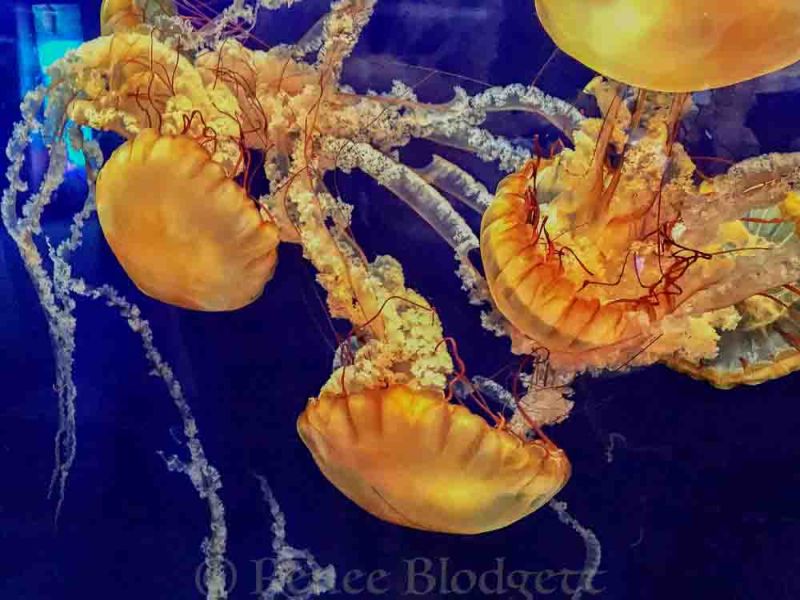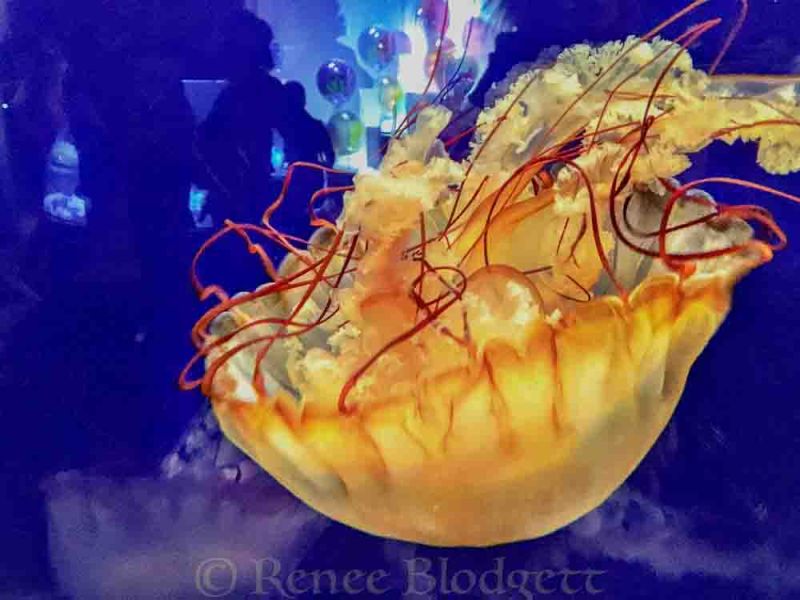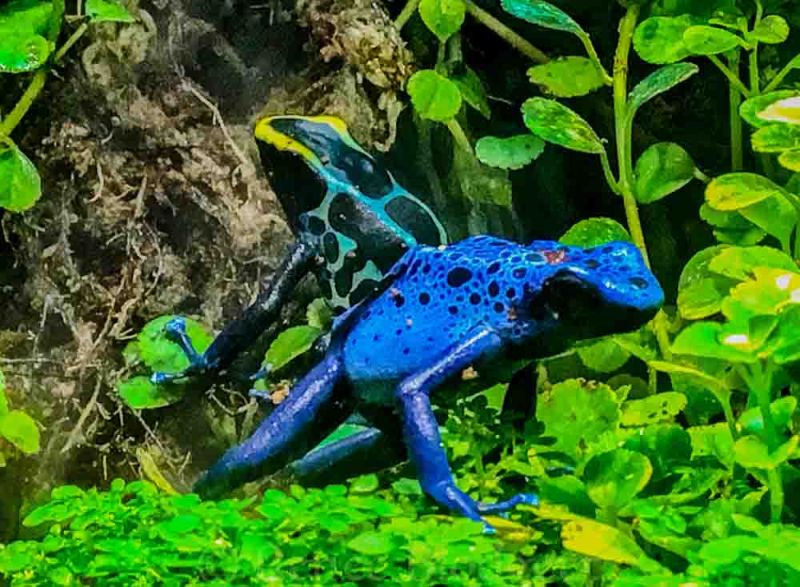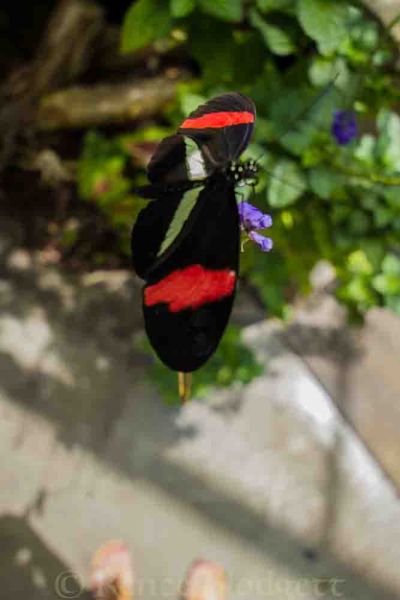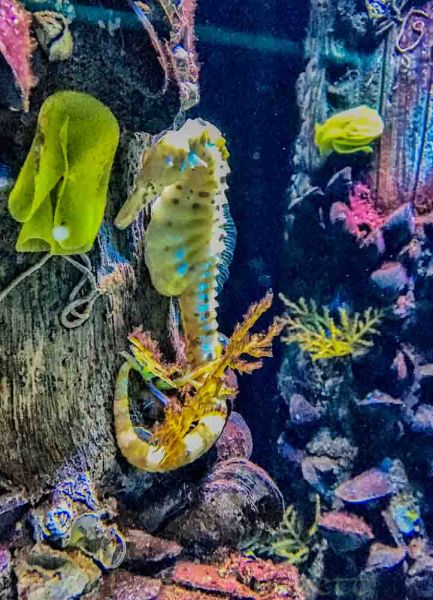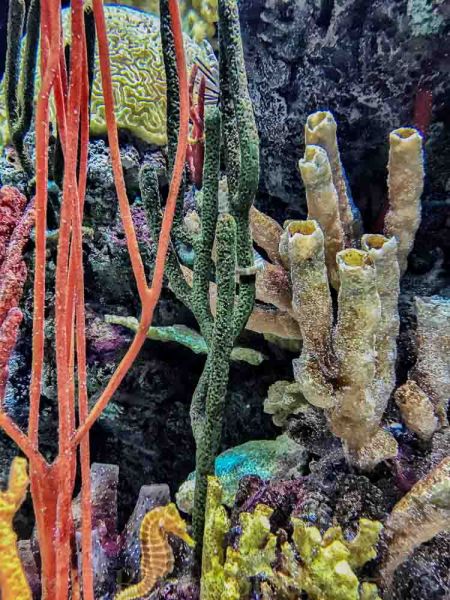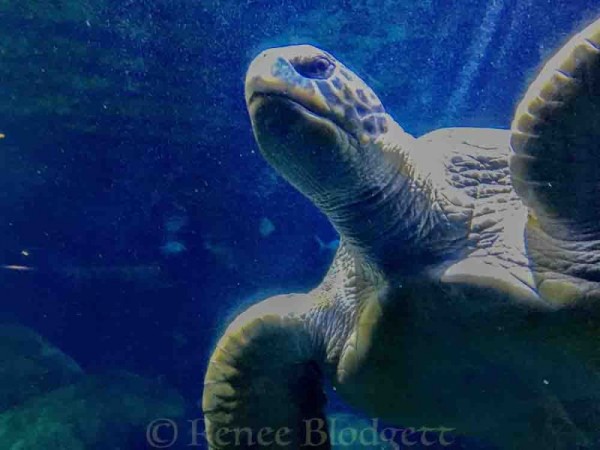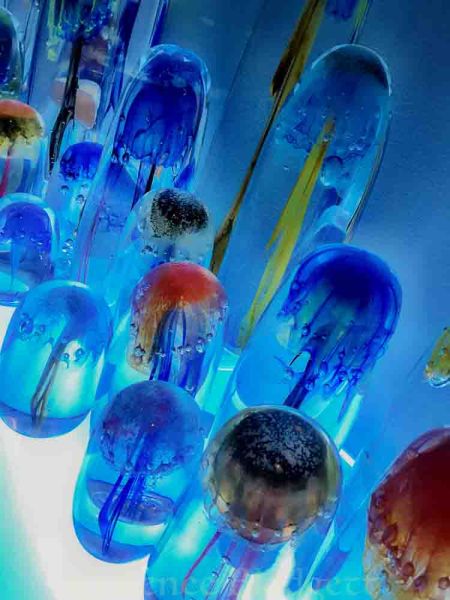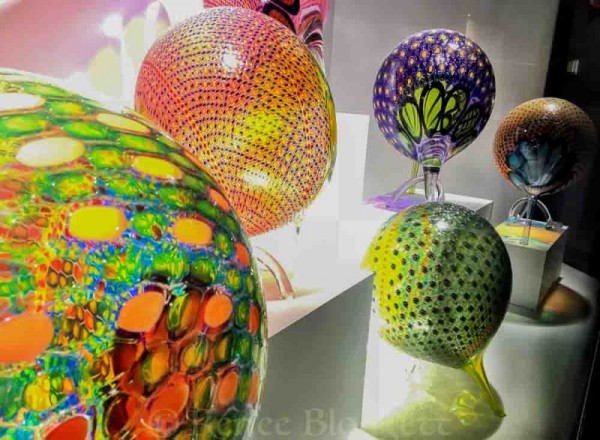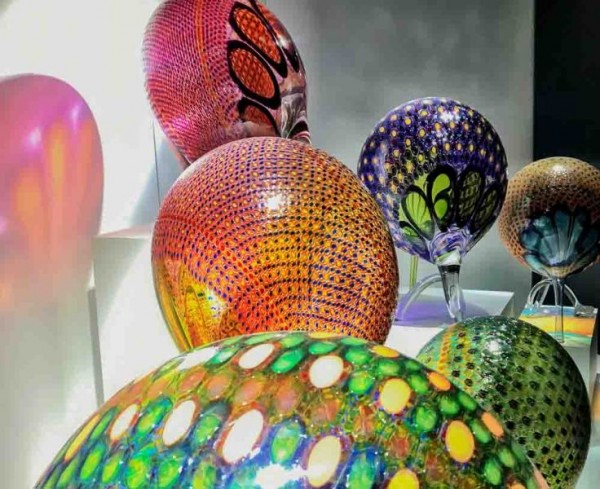On my recent trip to Chattanooga Tennessee, I had the opportunity to hang out for an afternoon at the local Tennessee Aquarium. I love spending time in Aquariums, largely because I learn so much about another world, the underwater world, so foreign to our own. Although land-locked, the Aquarium here is definitely worth visiting. Want to know what mesmerized me the most? The fascinating and oh so colorful SEA NETTLES, which is a common free-floating scyphozoan that lives in the East Pacific Ocean from Canada to Mexico. Sea nettles have a distinctive golden-brown bell with a reddish tint. Their scientific name? Chrysaora Fuscescens, which is a whole lot harder to remember.
Pacific sea nettles (also known as West Coast sea nettles) are in the class Scyphozoa, that of the jellies called true jellies. The genus name of sea nettle jellies,Chrysaora, comes from Greek mythology. Chrysaor, reportedly a giant, was the son of Poseidon and Medusa. His name translates as ‘golden falchion’. A falchion was a commonly used curved fighting sword that could cut through armor, a reference to the stinging ability of these jellies. The West Coast sea nettle’s species name, fuscescens, means dusky or dark referring to the dusky color of the nettle’s bell. This jelly uses light-sensing organs (ocelli) to migrate daily from dark, deep water to sunlit surface water. Bell can be up to 30 inches wide, and their tentacles can be as long as 16 feet on giant specimens.
Their predators? Sea turtles and other jelly-eating animals, such as tuna, sunfish, butterfish, and spiny dogfish, keep the jelly populations in balance. All seven species of sea turtles include them in their diets. The largest sea turtle species, the leatherback, depends on jellies for food. Because jellies are more than 90% water and an adult leatherback can weigh more than 2,000 pounds, one turtle can consume a lot of jellies. Fascinating right? I couldn’t stop watching them — they’re relaxing to watch as their motion is so fluid, delicate and seamless.
Below is a quick video I shot to give you an idea of just how relaxing their energy is — meditative and free-flowing. Let’s just say that they made my day!
As for other creatures of the sea, the Tennessee Aquarium, which has been around since 1992 and sits on the banks of the Tennessee River in downtown Chattanooga. You’ll be taken below the surface in the Aquarium’s two buildings and be able to tap into the Aquarium’s IMAX 3D Theater and River Gorge Explorer as well. Join me on a visual journey.

Renee Blodgett is the founder of We Blog the World. The site combines the magic of an online culture and travel magazine with a global blog network and has contributors from every continent in the world. Having lived in 10 countries and explored over 90, she is an avid traveler, and a lover, observer and participant in cultural diversity. She is also the founder of the Magdalene Collection, a jewelry line dedicated to women’s unsung voices and stories, and the award-winning author of the bestselling book Magdalene’s Journey
She is founder of Blue Soul Media and co-founder of Blue Soul Earth as well as the producer and host of the award-winning Blue Soul CHATS podcast, that bridges science, technology and spirituality. Renee also founded Magic Sauce Media, a new media services consultancy focused on viral marketing, social media, branding, events and PR. For over 20 years, she has helped companies from 12 countries get traction in the market. Known for her global and organic approach to product and corporate launches, Renee practices what she pitches and as an active user of social media, she helps clients navigate digital waters from around the world. Renee has been blogging for over 16 years and regularly writes on her personal blog Down the Avenue, Huffington Post, BlogHer, We Blog the World and other sites. She was ranked #12 Social Media Influencer by Forbes Magazine and is listed as a new media influencer and game changer on various sites and books on the new media revolution. In 2013, she was listed as the 6th most influential woman in social media by Forbes Magazine on a Top 20 List.
Her passion for art, storytelling and photography led to the launch of Magic Sauce Photography, which is a visual extension of her writing, the result of which has led to producing six photo books: Galapagos Islands, London, South Africa, Rome, Urbanization and Ecuador.
Renee is also the co-founder of Traveling Geeks, an initiative that brings entrepreneurs, thought leaders, bloggers, creators, curators and influencers to other countries to share and learn from peers, governments, corporations, and the general public in order to educate, share, evaluate, and promote innovative technologies.

